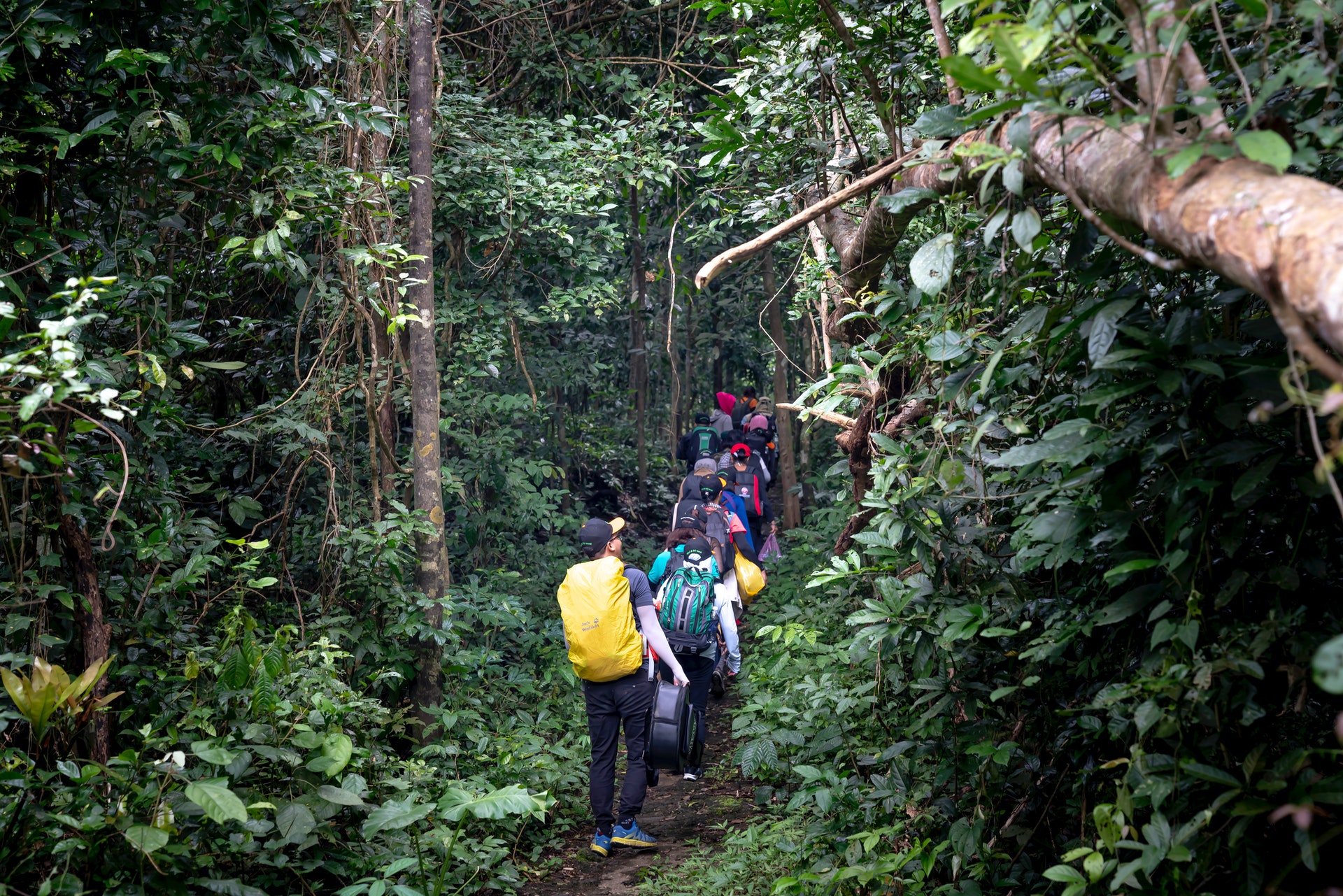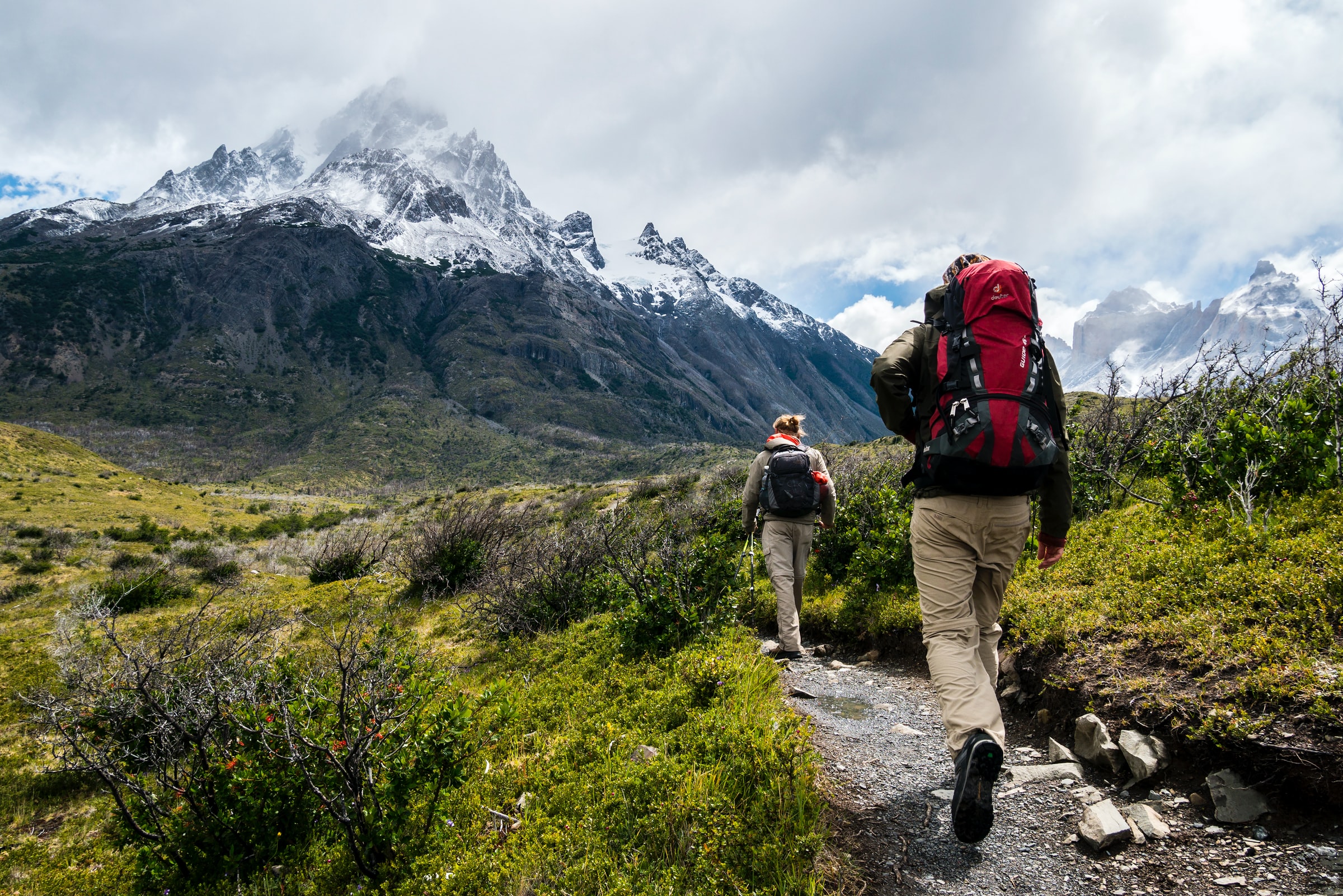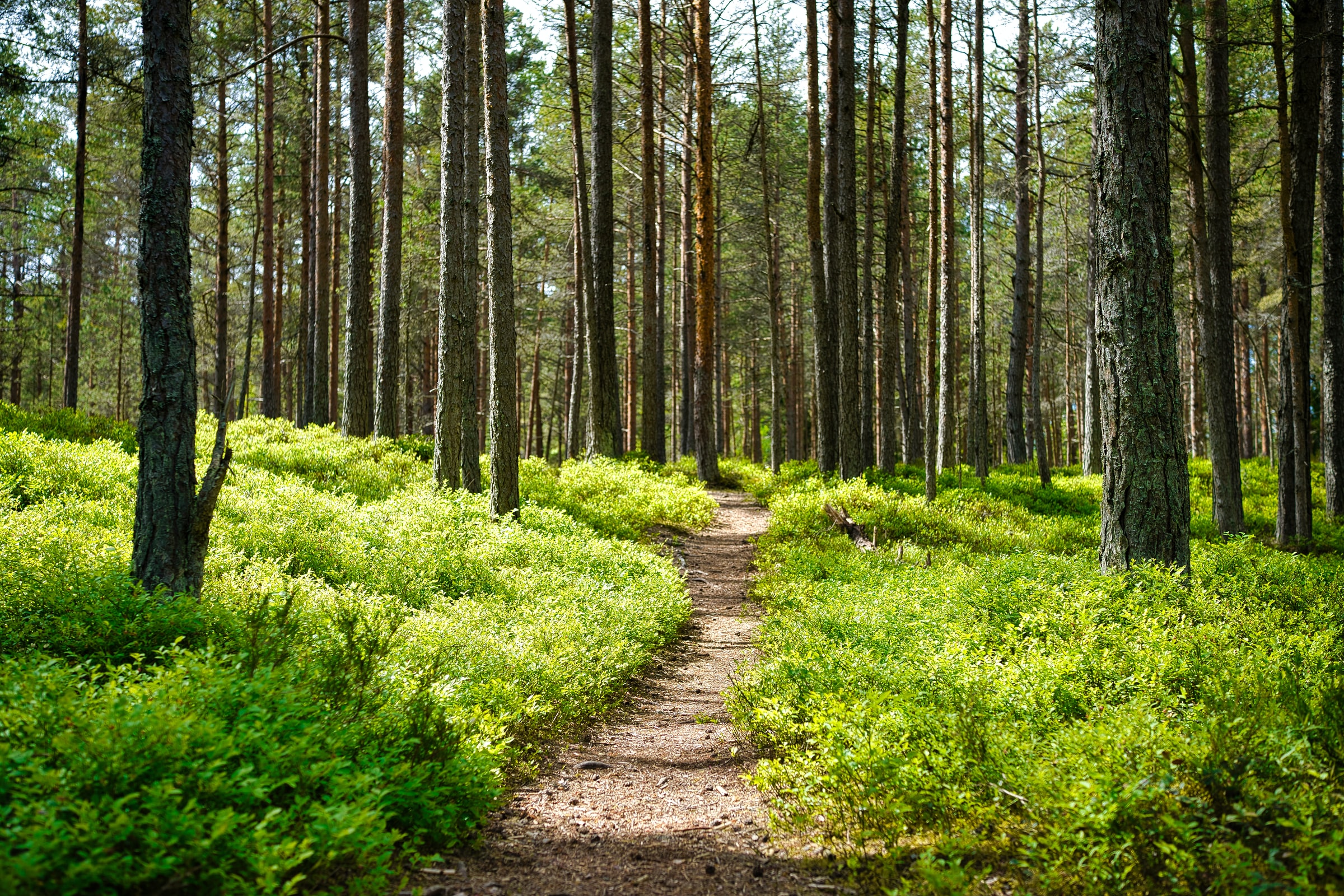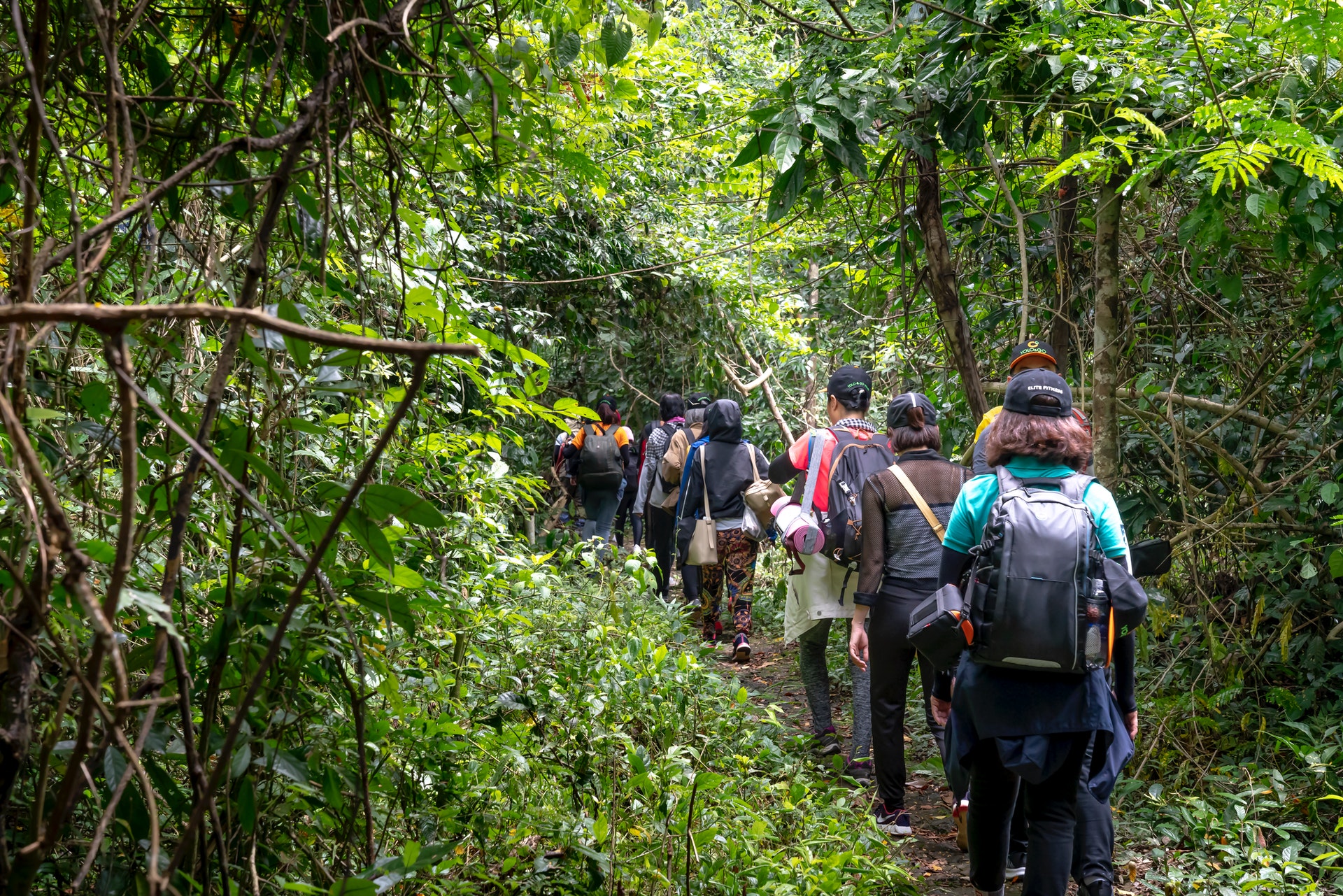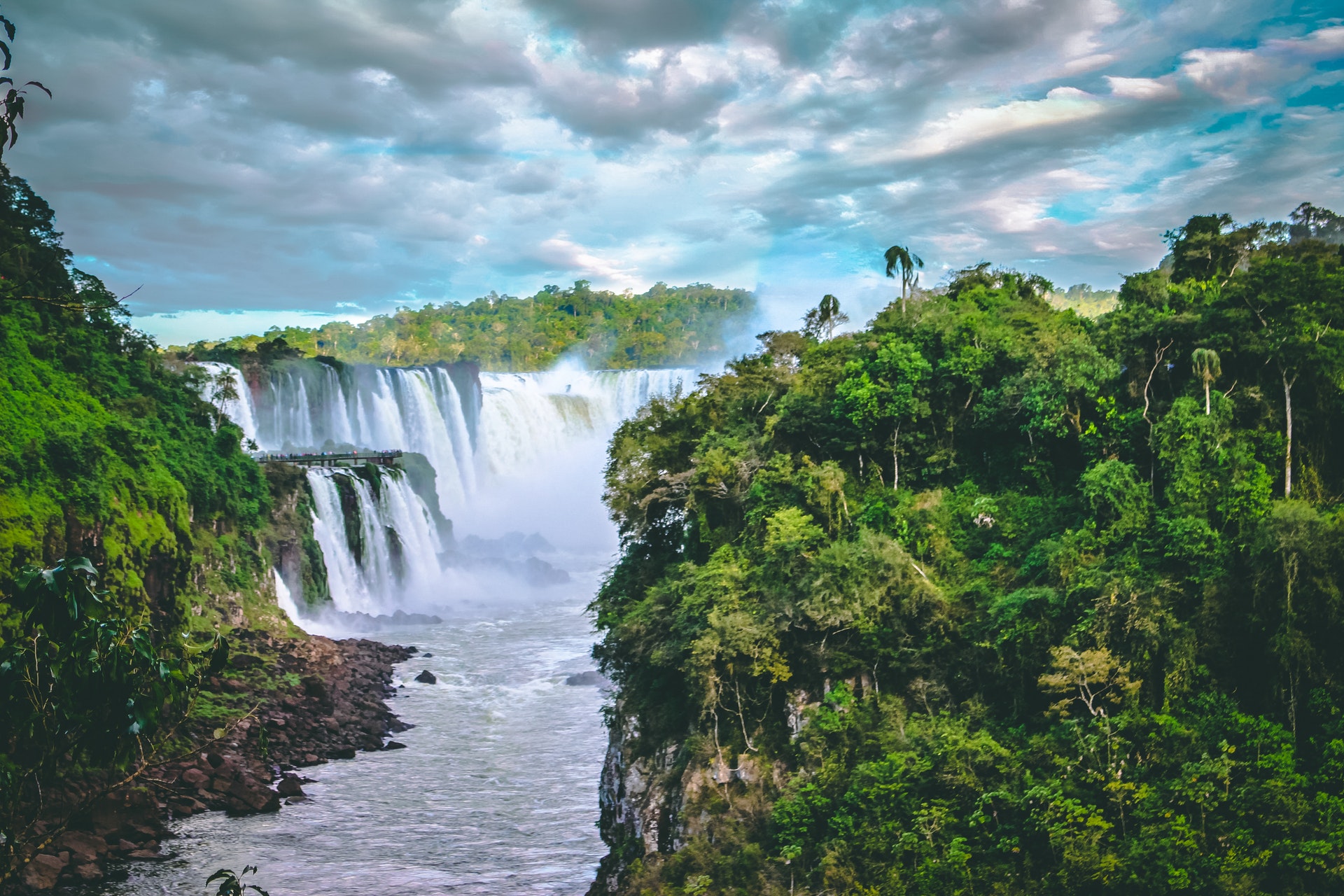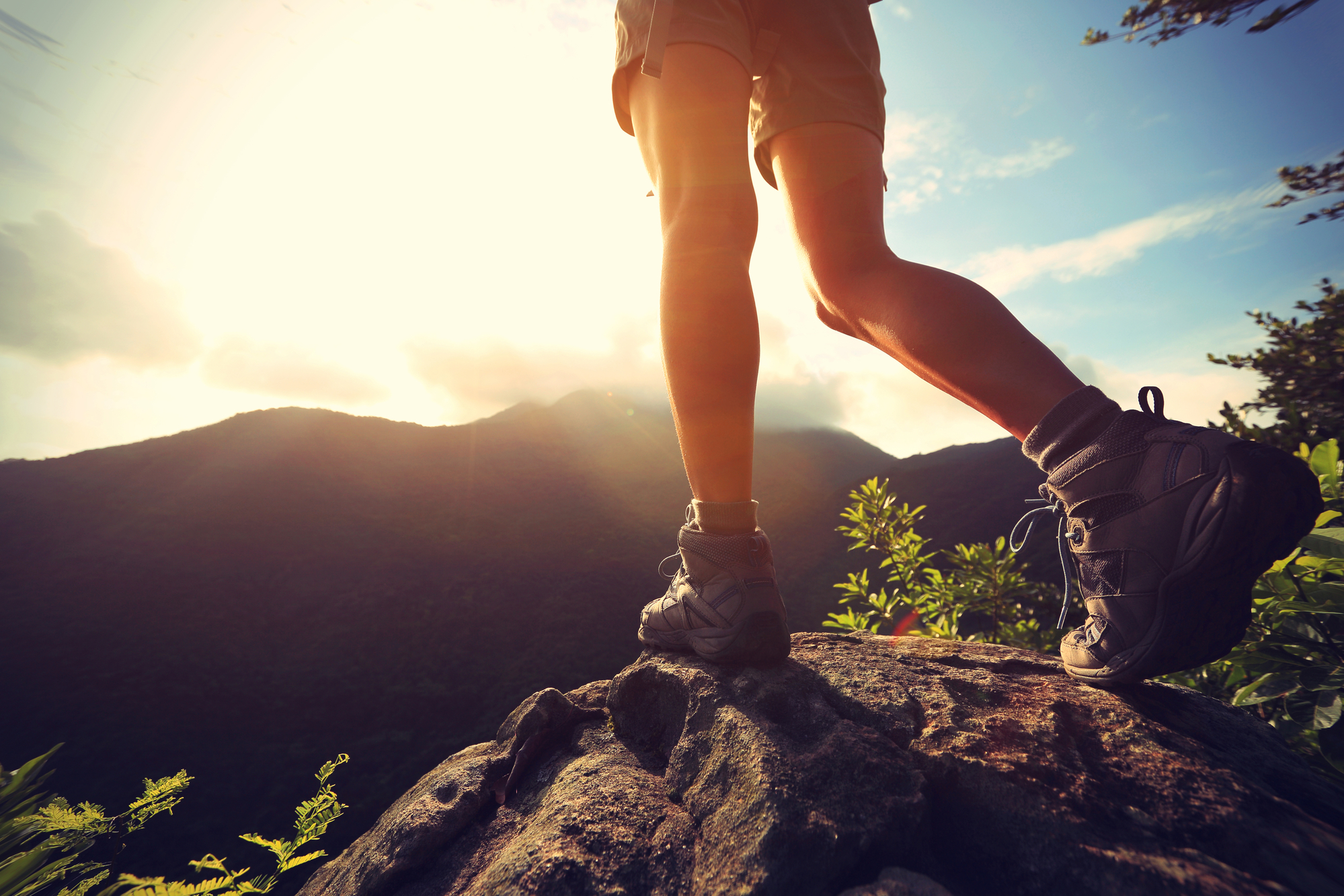You've finally decided to go on that gorilla trekking trip you've been planning for months. Congratulations! Now it's time to start packing and planning your itinerary for the trip.
When planning your schedule, one of the most frequently asked questions is, "How long does it take to complete the entire thing?"
As you already know, there is no fixed answer to this question. Several different factors always affect a trip's duration.
The only thing you can do is plan your course of action to the best that you can and hope that nothing unfortunate happens during your trip.
If you think you need help planning your itinerary for your gorilla trekking trip, you're in the right place!
This guide will talk about the average time the actual trekking takes and some factors that affect the duration of each expedition.
How Long Does A Gorilla Trekking Trip Take?
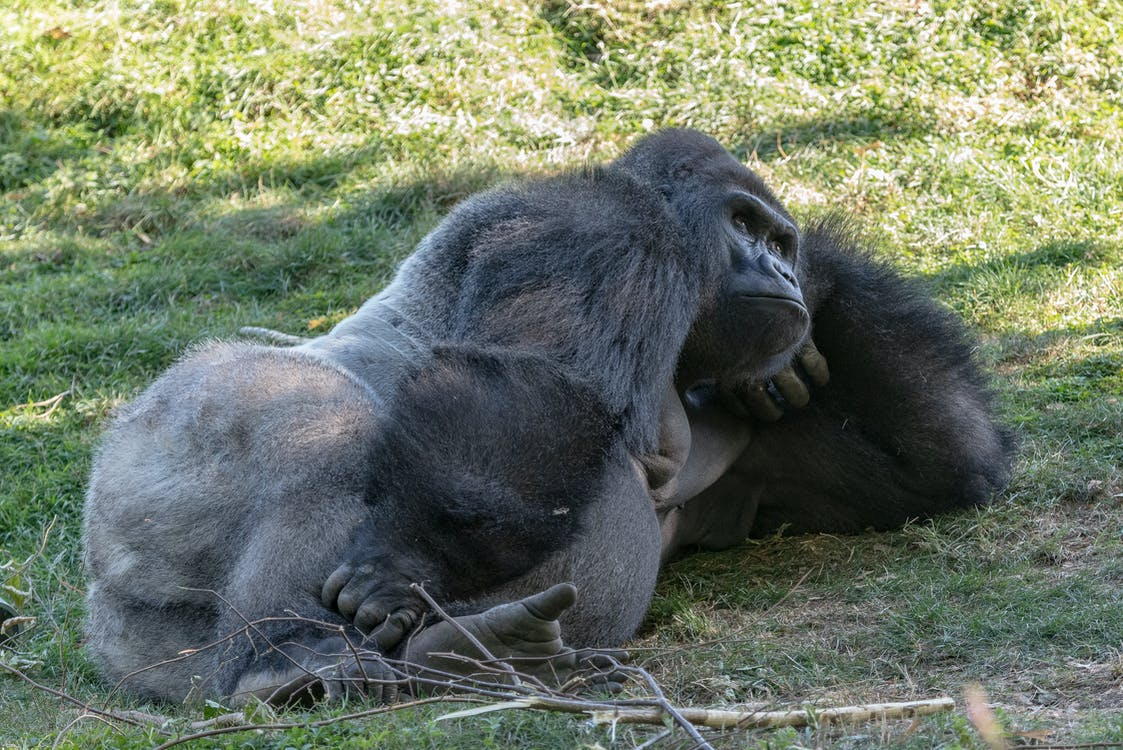
Well, it really depends on a number of factors. Different factors can influence how quickly or slowly you might encounter gorillas during your trek.
One important factor is the location of the gorillas' current range within the park. Some gorilla families are located in easier to reach areas than others.
If the gorillas you're tracking are in an area that's a bit more difficult to get to, then it's likely that your trek will take a bit longer.
Another important factor is the time of year. The rainy season (which typically runs from April to mid-October in most parks) can make trails muddy and slippery, which can make hiking slower and more difficult.
If you're planning on trekking during the rainy season, then it's a good idea to plan for a longer trip.
The number of people in your group can also play a role in how long your trip takes.
If you're part of a large group, then you may need to spread out along the trail in order to be at an ideal spot when the gorillas emerge.
This can slow down your trek, especially if there are lots of people in your group.
Where To Go For Gorilla Trekking?
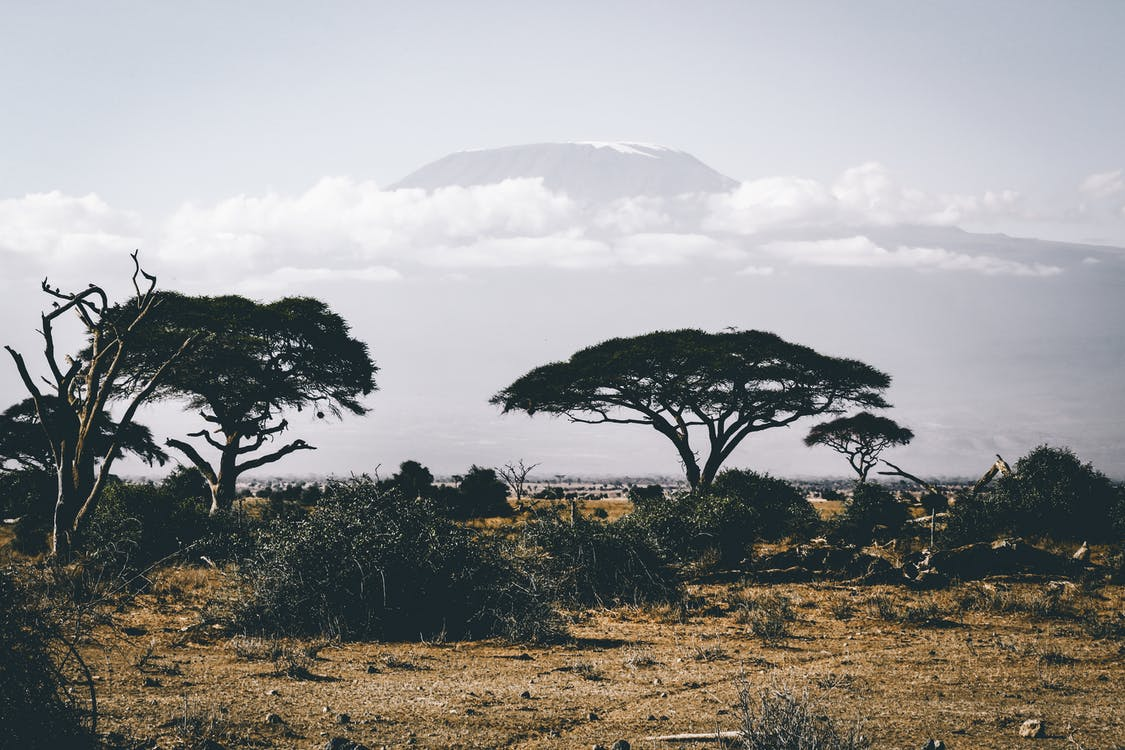
Perhaps one of the most significant factors that could affect the time it takes to complete a gorilla trekking trip is your location.
There are only three places you can go on a gorilla trekking trip - Uganda, Rwanda, and The Democratic Republic of Congo.
Remember that there are only about 1004 mountain gorillas globally, and about half of this population can be found in Uganda.
The highest chance of quickly encountering gorillas is in Uganda, making it one of the most popular trekking destinations.
Also, keep in mind that gorillas move in groups. The majority of these groups have already been habituated, so they're totally safe for you to track.
The national parks in Uganda have 18 habituated gorilla groups you can trek for. 17 of these are in Bwindi Impenetrable National Park, and one is in Mgahinga National Park.
The Volcanoes National Park in Rwanda and DRC's Virunga National Park both house eight habituated gorilla groups.
If you decide to go on a gorilla trekking expedition in the Bwindi Impenetrable National Park, make sure that you are adequately prepared (gears and clothing) and moderately fit.
Other Factors to Consider
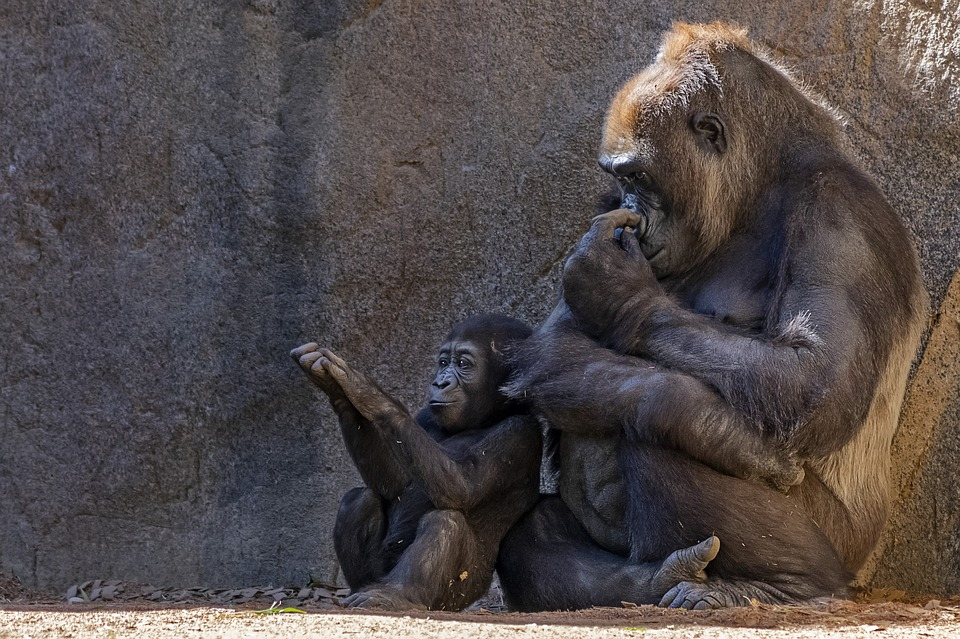
Some of the factors affecting the length of time it takes to see the mountain gorillas are completely out of human hands.
For example, the location where the gorillas spent the previous night may affect the time and distance you have to trek to see them.
Some gorilla families tend to stay near park offices or lodgings, making it easy to spot them. Still, most of these animals are always on the move and may go deeper into the forest.
Another factor that indirectly affects the length of time you may have to spend trekking is the availability of gorilla food.
Because these animals tend to move in search of a meal, the abundance or lack of their basic resources may drive them into deeper parts of the national park.
The season is also a big factor that can affect how long it takes for trekkers to find their assigned gorilla group. Generally, Gorilla trekking can be done all year round. Still, experts and guides recommend doing the expedition during the dry season.
Most trekkers book their trips around June to September and December to February.
Gorilla habitats are kept dry during these months. This makes it easier for trekkers to traverse the dense vegetation and steep slopes while searching for mountain gorillas.
Conclusion
Due to various factors, the time it takes to successfully track mountain gorillas is very unpredictable.
Some factors you can control and play to your advantage, but some are simply out of human hands.
But you will realize at the end of your trip, no matter how long the trek is, that the time you spent looking for these amazing animals has become a very memorable and valuable experience.
So, are you ready for your own memorable gorilla encounter?

